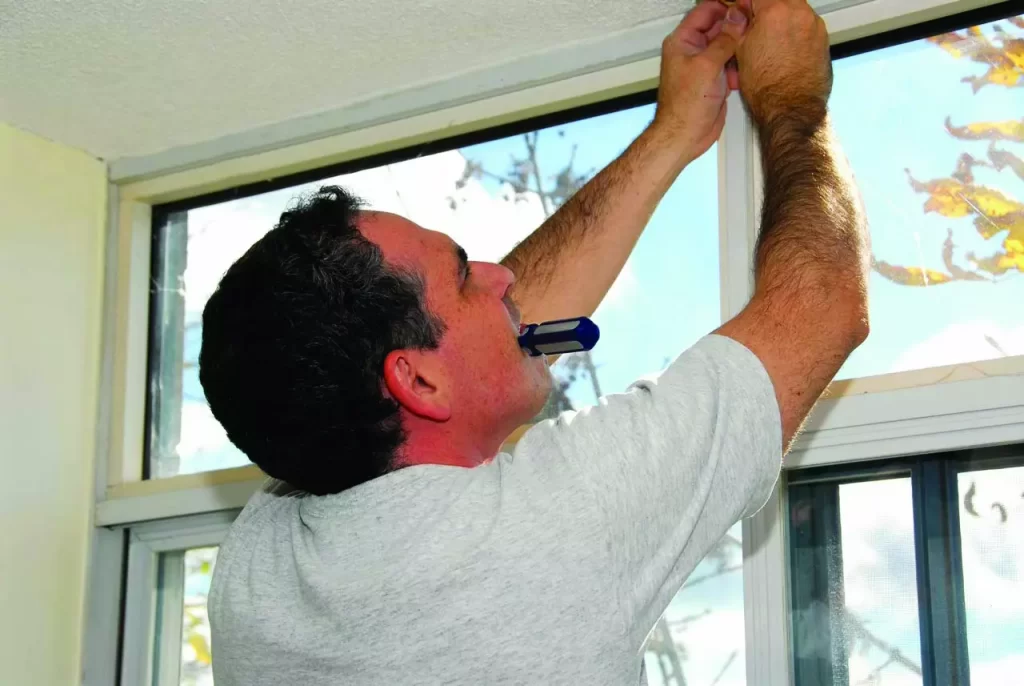 Having an occasional lazy day indoors is relaxing, but if you’re stuck inside because of the cold, why not be proactive? There are a variety of easy projects you can take on during the winter that you will appreciate thoroughly when springtime rolls around again… So, why not make the most of the next winter storm?
Having an occasional lazy day indoors is relaxing, but if you’re stuck inside because of the cold, why not be proactive? There are a variety of easy projects you can take on during the winter that you will appreciate thoroughly when springtime rolls around again… So, why not make the most of the next winter storm?
If you’re feeling the winter blues, here are 7 DIY home improvement projects to lift your spirits:
1) Painting
Did you know that cold weather is ideal for drying paint? The dryness of the winter months makes winter the perfect time to paint the interior, so crack a window, and start painting. Select a bold color and paint an accent wall in your living room. Or add dimension to your bedroom by painting the ceiling.
2) Add a Backsplash to Your Kitchen
Backsplashes are important to adding personality to your kitchen. For a kitchen that needs some life, a flashy or textured tile can wake it up. For a kitchen that already has personality, a sleek, neutral tile can add unity to the room’s look.
3) Add More Lighting
What better way to brighten and warm your spirits in the winter than with new lights, lamps or ceiling fans. Not to mention it’s an easy and affordable way to update the style of any room.
LED-style lights, which come in contemporary and bold styles, also provide a money-saving option. Installing dimmers in areas like the family room or dining room saves money, while allowing homeowners to customize the ambiance.
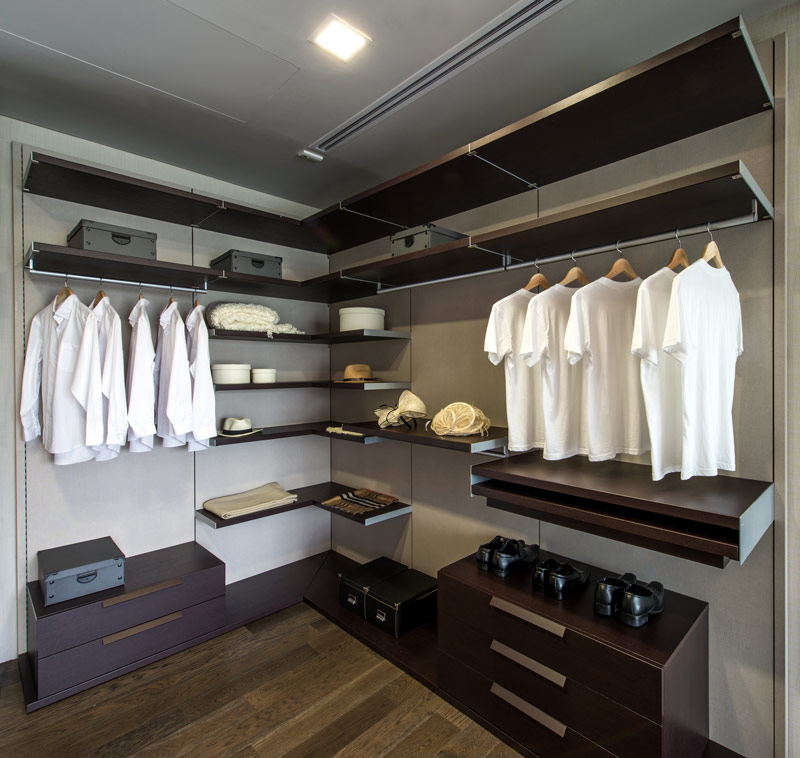 4) Make Your Closet More Organized
4) Make Your Closet More Organized
Is organization on your list of resolutions? Kick off the year by tackling your closet.
If you create a place for everything, you’ll be a lot more likely to put things away. There are so many things you can do to customize a closet for your needs. You can install shelving, purchase a shoe rack, create drawers and dividers, and much more. You can even try designing your own Modular Closet.
Remember, you’re only limited by your imagination.
5) Remodel Your Bathroom
There’s no better time than the winter to spice up your boring bathroom. While replacing a faucet, tile, or repainting are relatively easy for the DIYer, more ambitious jobs like replacing the tub or adding tile floor might be better left to a professional. Though a complete remodel will be a bigger investment, it’s worth considering.
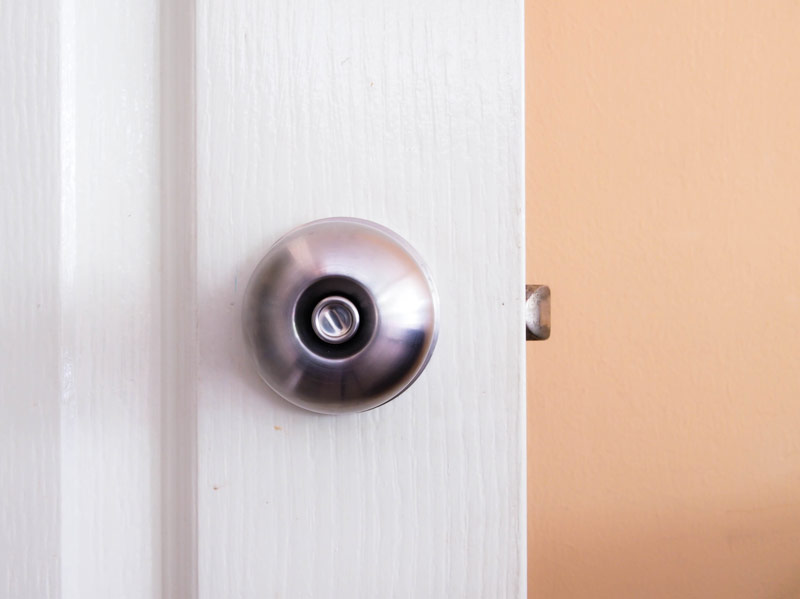
6) Refurbish Your Doors
Interior doors can have a lot of visual impact on your home. The good news is you can virtually “replace” all of your doors without spending excessively.
You can easily refurbish your interior doors by painting them, changing the doorknobs, and even adding moulding.
7) Change Your Light Bulbs
You won’t regret replacing your bulbs with energy-efficient ones. It’s a great way to go green and save money. On average, an Energy Star qualified light bulb will save between $30 and $80 in electricity costs over its lifetime, so don’t let the upfront cost of these bulbs scare you away from making the purchase.
By focusing on the inside of your home while the weather is cold, you’ll have a lot more time to tackle the warm-weather stuff when spring rolls around. And, as you begin your project, stop by GNH Lumber for all the supplies you’ll need, including tips and guidance!
Sources: “5 Easy Home Improvement Projects & Upgrades For the Winter”, moneycrashers.com.


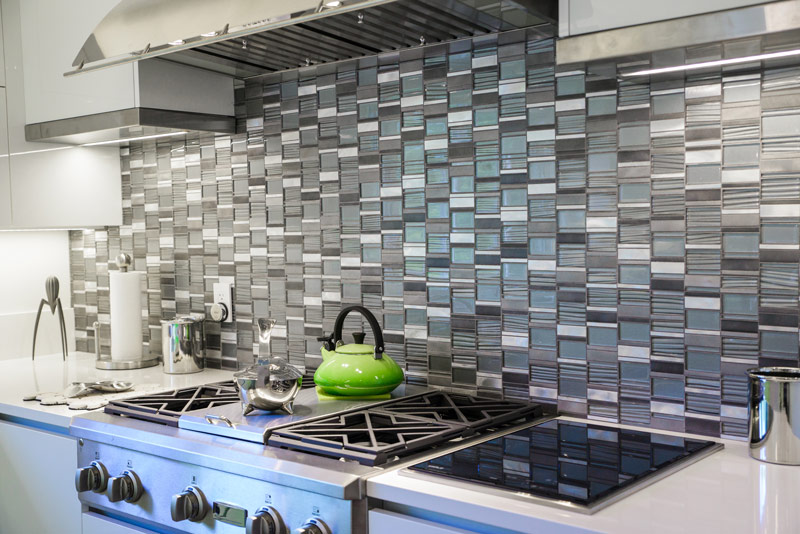




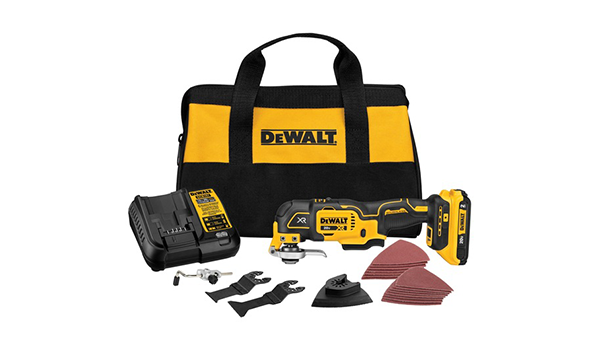
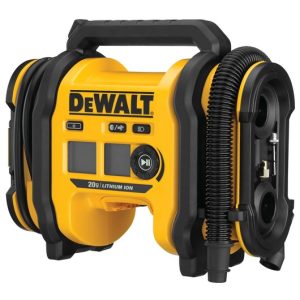
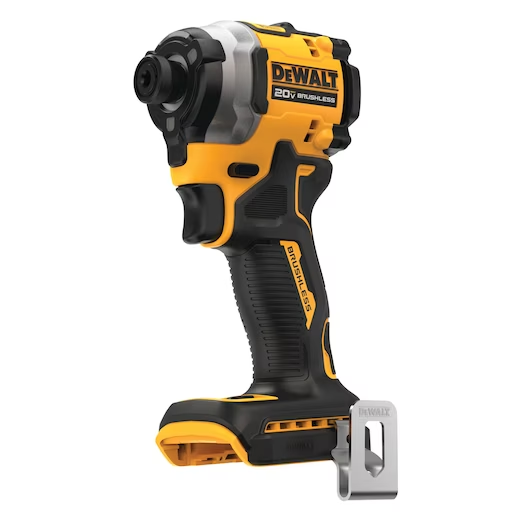
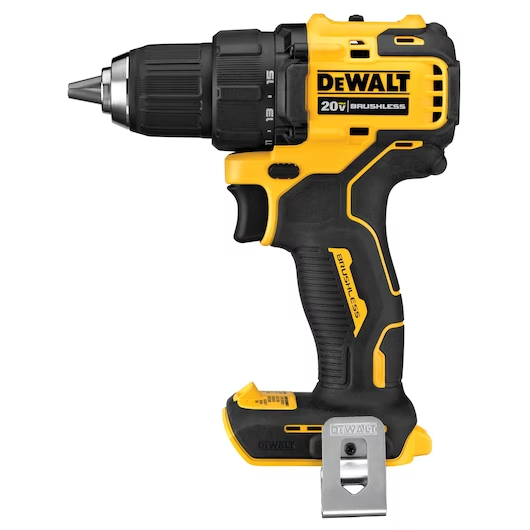
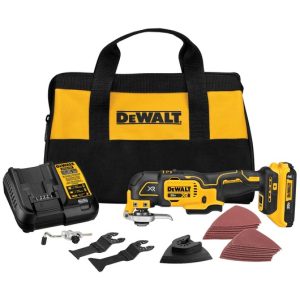


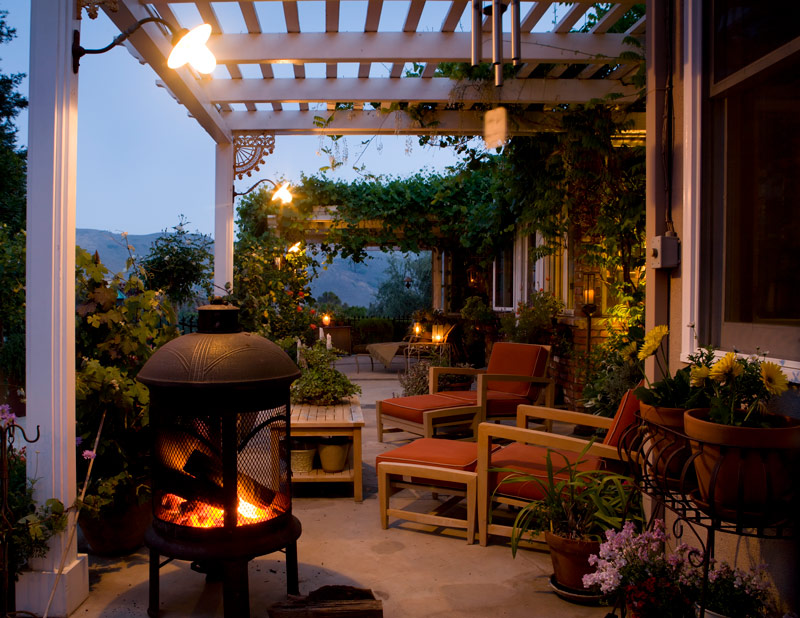
 Stop in to
Stop in to 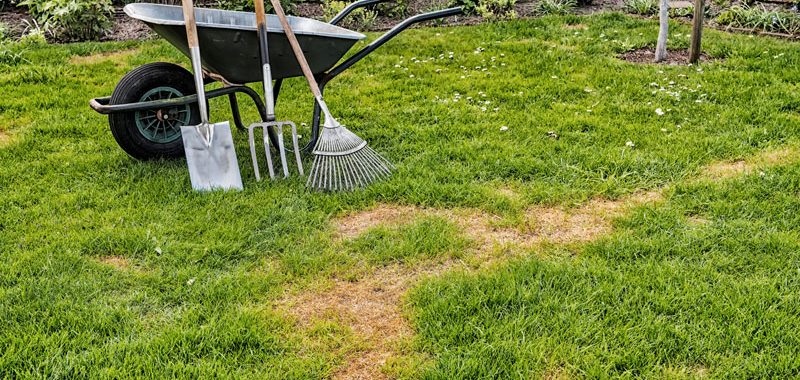
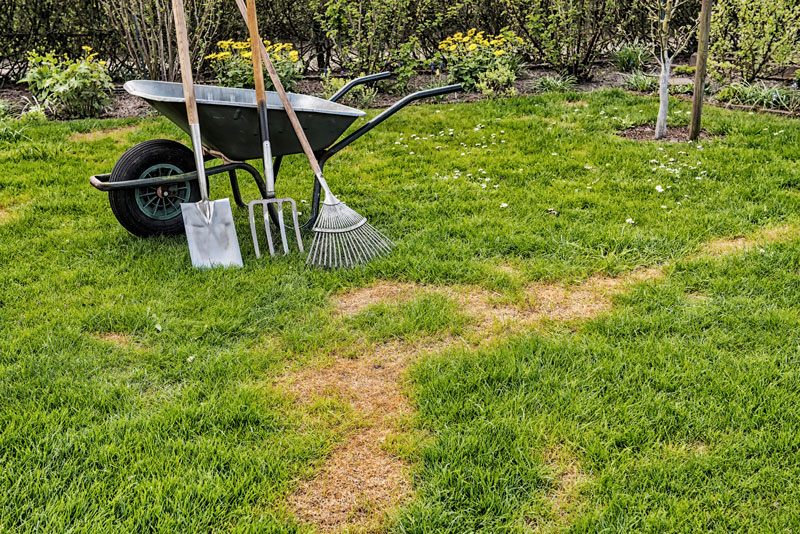 Ahhh! A lush lawn of perfect green! It’s what we all dream about when it’s summertime. The soft, rolling green backdrop to our cookouts, ballgames, BBQs and entertaining. That said, if you have a lawn with bald or bare spots, it can be frustrating to diagnose and fix.
Ahhh! A lush lawn of perfect green! It’s what we all dream about when it’s summertime. The soft, rolling green backdrop to our cookouts, ballgames, BBQs and entertaining. That said, if you have a lawn with bald or bare spots, it can be frustrating to diagnose and fix.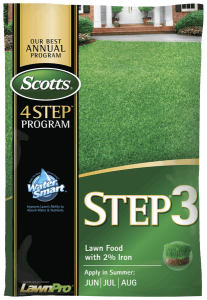
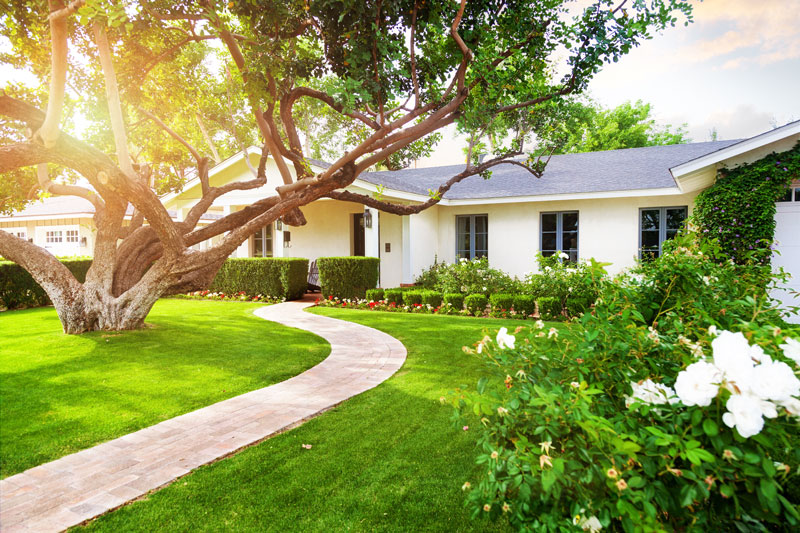
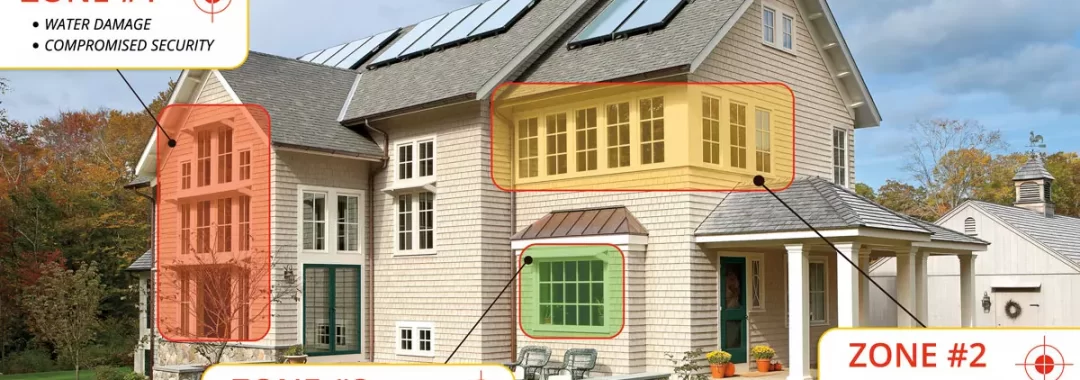
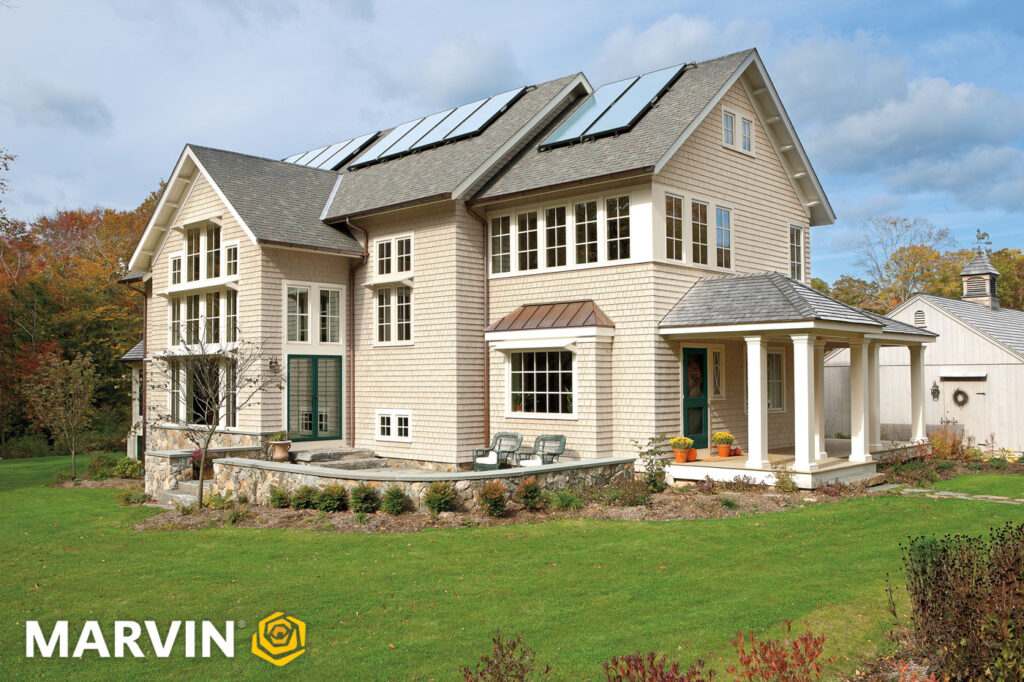
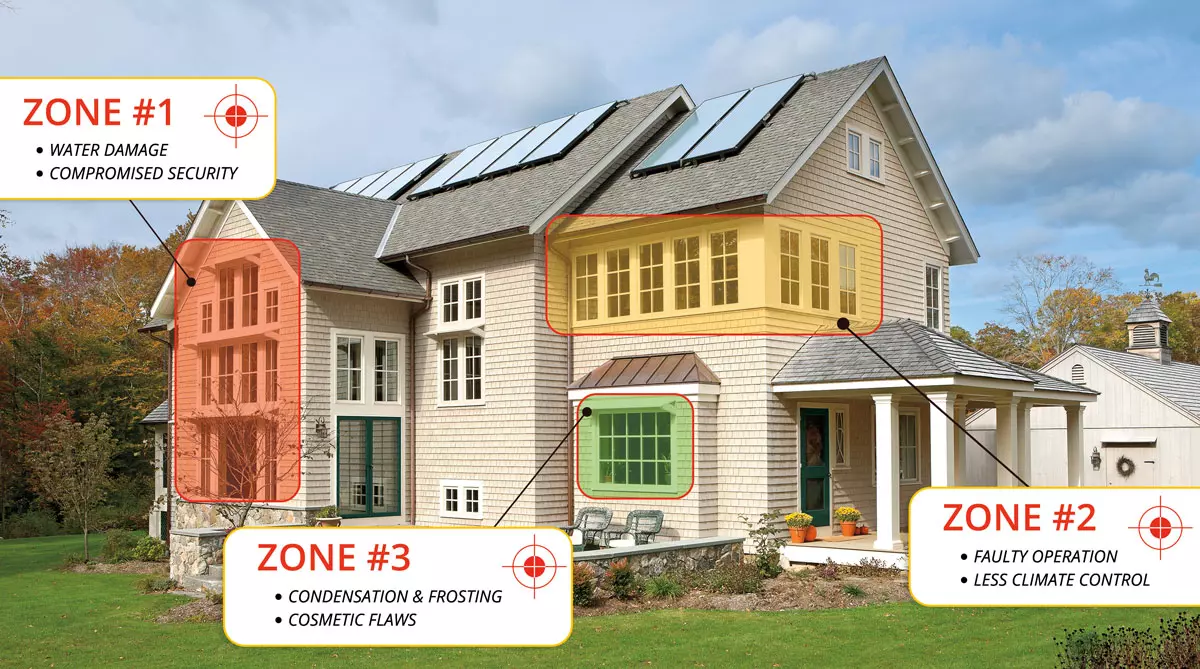
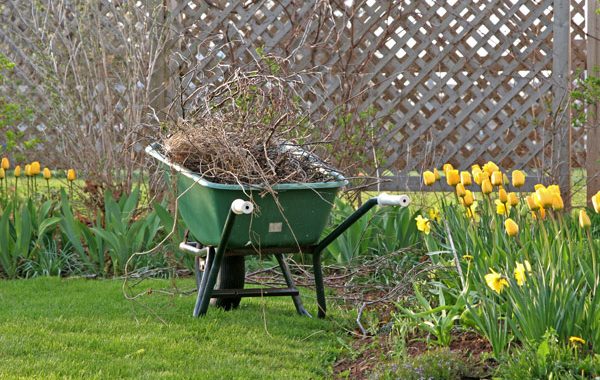
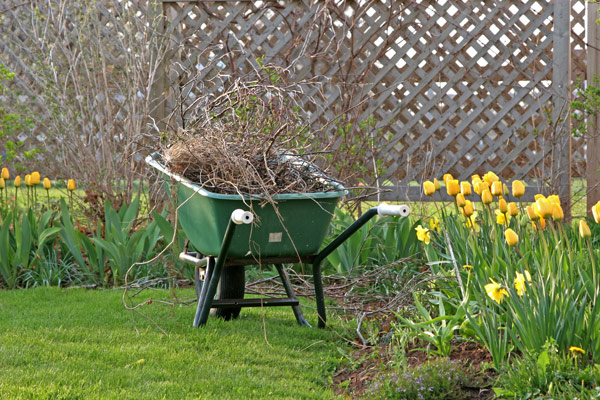 Can’t wait to get back out into the
Can’t wait to get back out into the 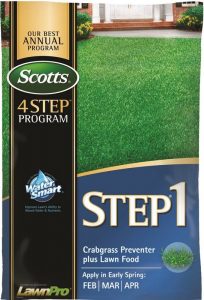 The first step to a gorgeous lawn all spring and summer long is a good feeding now. Fertilizing your lawn with Scotts STEP-1 Crabgrass Preventer Plus Lawn Food can improve a lawn’s ability to absorb water & nutrients. Apply to your lawn for a fast green-up after winter. It also controls crabgrass for up to 4 months!
The first step to a gorgeous lawn all spring and summer long is a good feeding now. Fertilizing your lawn with Scotts STEP-1 Crabgrass Preventer Plus Lawn Food can improve a lawn’s ability to absorb water & nutrients. Apply to your lawn for a fast green-up after winter. It also controls crabgrass for up to 4 months!

 Start the year off on the right foot by giving your home maintenance projects top priority! How? By making a list of monthly to-dos and tackle them one at a time. Then, you won’t lose track of the home maintenance projects you want to get accomplished this year.
Start the year off on the right foot by giving your home maintenance projects top priority! How? By making a list of monthly to-dos and tackle them one at a time. Then, you won’t lose track of the home maintenance projects you want to get accomplished this year.
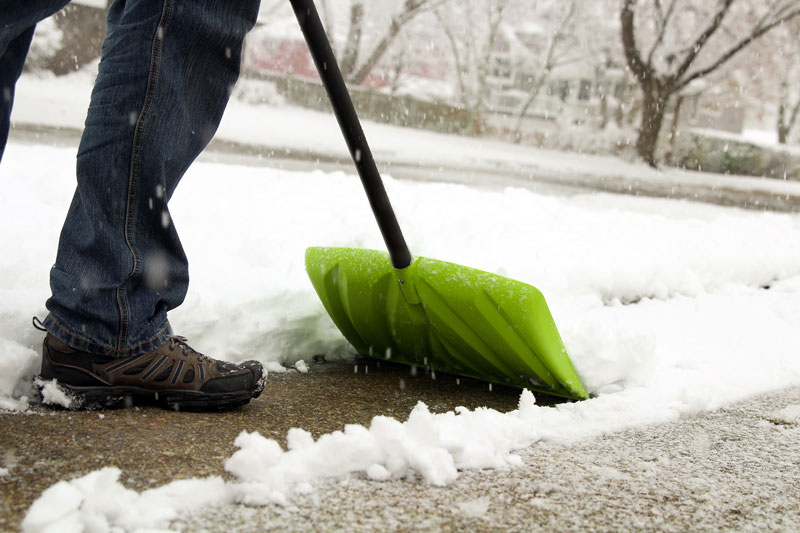 Keeping your driveway and walkways clear from snow and ice accumulation from each winter storm serves a dual-purpose. It prevents slips and falls, and allows for easy access by vehicles. But it also prevents excess moisture from seeping into the small cracks of your driveway or walkway and doing greater damage when it expands into ice. This moisture could potentially cause damage, resulting the need to repave your driveway or walkway prematurely.
Keeping your driveway and walkways clear from snow and ice accumulation from each winter storm serves a dual-purpose. It prevents slips and falls, and allows for easy access by vehicles. But it also prevents excess moisture from seeping into the small cracks of your driveway or walkway and doing greater damage when it expands into ice. This moisture could potentially cause damage, resulting the need to repave your driveway or walkway prematurely.
